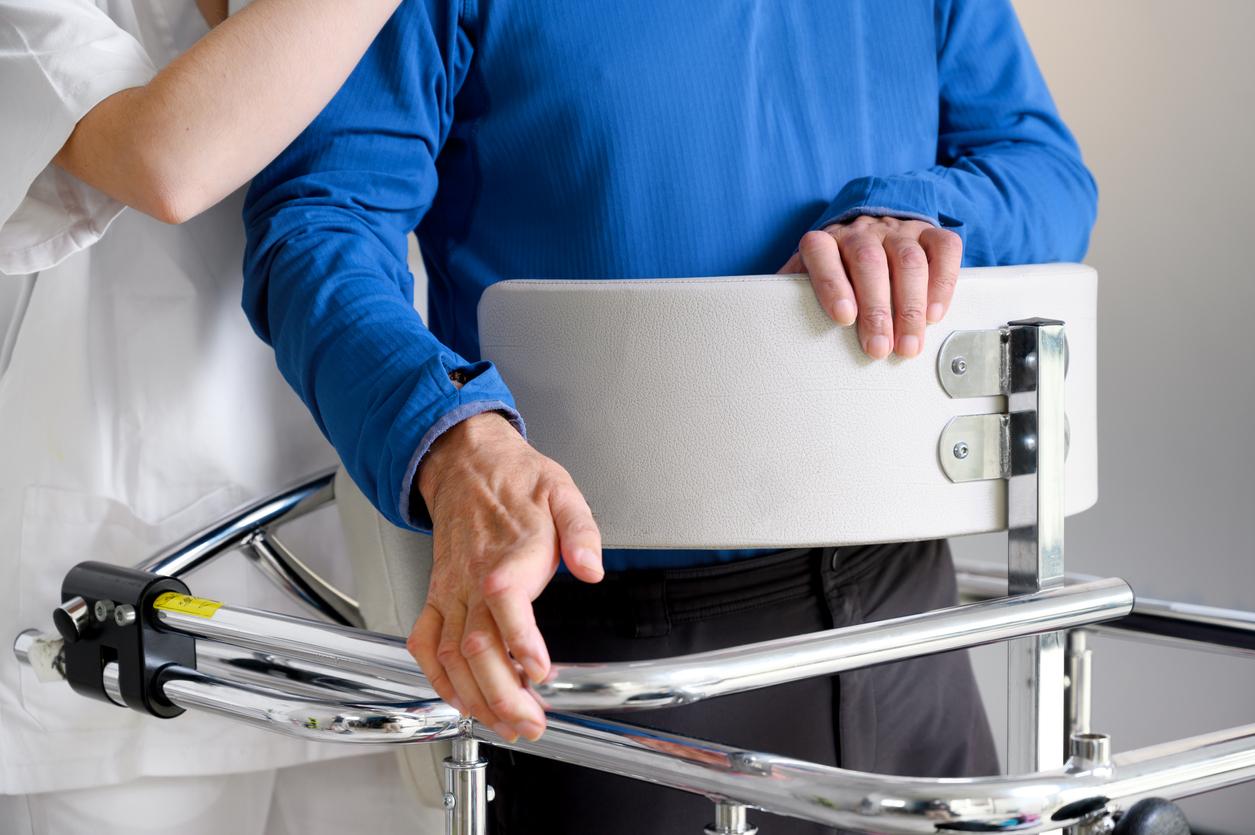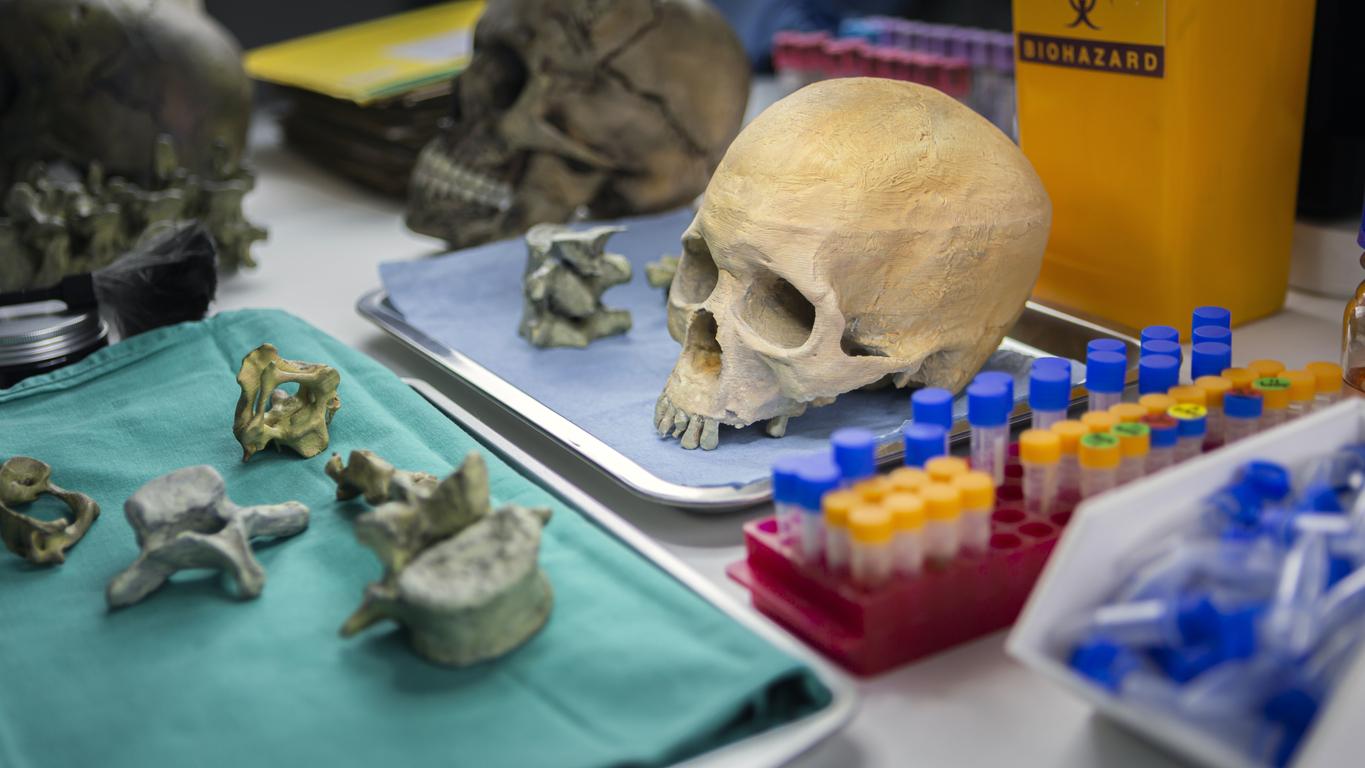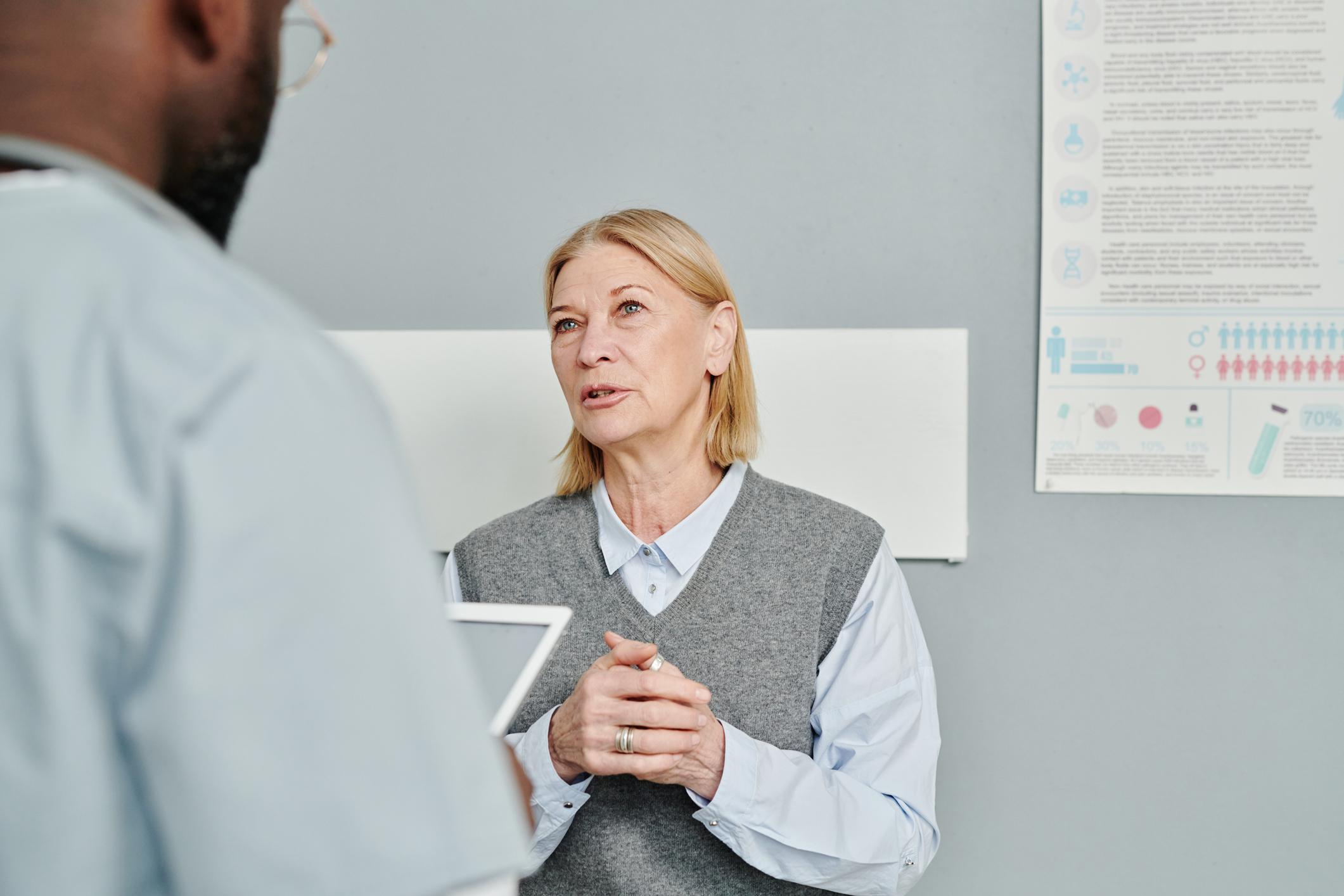Sclerotherapy, as shown by this testimony collected by Why doctor, is an effective treatment to make varicose veins disappear. But these signs of venous disease should above all encourage close monitoring of its development.

“I discovered that I had leg problems, small varicose veins that burst after bathing, pain when I stood for a long time and a feeling of heaviness… in periods of high heat, it is really very hard, I I saw small vessels bursting on the thighs and calves, it was really very ugly!”. At the end of a session of sclerotherapy-laser, Martine recounts the symptoms which pushed her at the age of 30 to treat her venous disease, a pathology which would affect 18 million people in France.
A disease that is often hereditary. “The risk before the age of 35 is multiplied by 2.6 in the event of heredity”specifies the vascular doctor and phlebologist Vincent Crébassa, who also insists on other consequences of this heredity, a more rapid evolution and more serious clinical stages of the disease but especially chronic and progressive which is therefore likely to worsen if it is not tracked and processed.
“You have to do these sclerotherapy sessions regularly, because if you stop, there are more veins to treat.confirms Martine who emphasizes the effectiveness of this treatment. After the laser, all the small unsightly marks are removed, there is nothing left, since I have been doing sessions, I don’t even take pills anymore and above all I am no longer ashamed to put on a skirt or go swimming !”
A disease that can progress to serious forms
Although many patients consult after the appearance of varicose veins which initially constitute an aesthetic discomfort for them, the venous disease above all needs to be treated because it can evolve into serious forms. “The feeling of the disease is very variableexplains Dr. Christelle Bougard, but it is necessary to consult even if one does not have pain because the pain is not proportional to the importance of the disease”. A poor evaluation of the importance of this pathology which leads to a delay in care which is estimated in France at 7 years between the first signs of the disease and the first consultation with a general practitioner or a specialist.
82% of French people consider that it is not a disease
A recent survey shows that 82% of the French consider that the first signs, heavy legs, pain, appearance of varicose veins, are not a disease. They are 80% to think that this disease is “not serious” and only 43% to make the link with the circulatory system.
A surprising lack of interest when we know that among the risk factors are widely shared daily habits, starting with the lack of physical exercise or prolonged standing. The other factors, such as excess weight or hypercholesteremia are also sufficiently widespread to arouse the necessary vigilance. Especially that on these possible causes of the venous disease, one can act easily through some adaptations of one’s way of life.
Detect disease early
On the other hand, heredity is a risk factor against which nothing can be done but which is major:“When you have a relative who has varicose veins, you have a 50% risk of having them; and when both parents have it, the risk is 90%”confirms Christelle Bougard, vascular doctor and phlebologist.
As soon as the signs that mark the first stage of the disease appear, and even for young adults, it is therefore important to detect the venous disease and to evaluate the way in which it can evolve. To carry out this evaluation, a test was developed by a French team. One of the initiators of this work, Doctor Vincent Crébassa, recalls the interest of this new tool for the implementation of early therapeutic strategies in this chronic and progressive disease in order to prevent it from reaching its most serious stages. .
Below, the testimony of Martine, patient with venous disease:
Below, Doctor Vincent Crébassa’s interview on the Vein Test:
.

















